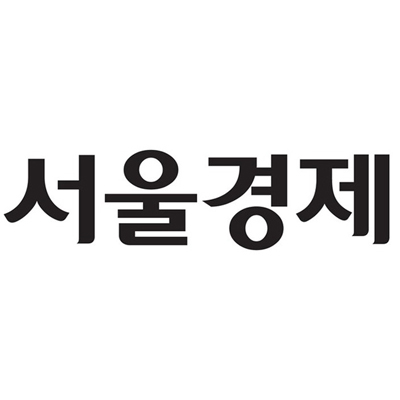[韓 출산율 0.8명대…OECD 꼴찌]
Over 305 trillion won over 15 years,
Can’t solve low birth rate due to tinkering policy
The most urgent need to solve labor productivity problems
Change the industrial frame with a technology-intensive structure
Immigration policy must now be brought to the surface
 viewer
viewer
The ‘2020 Demographic Results’ announced on the 24th is a shock. The total fertility rate, which fell to 0.7 in the fourth quarter, and the natural decline in the population fell to reality. The decline in population has been treated as a “grey rhino” that everyone knows of the danger but easily overlooks its severity. However, the total number of births last year was 272,400. It was 20,000 more than the National Statistical Office’s forecast of 292,000 two years ago. The annual birthrate decline was also 10.0%, rising to a double-digit decline in three years since 2017 (11.9%). If such an ultra-low birth rate continues, the population of the Republic of Korea, which is currently about 52 million, will fall below 50 million in 2038, and from the 22nd century, we have to worry about the disappearance of the country.
Experts point out that it is time to change the perspectives and policy frameworks on population decline in the era of high growth. First of all, it is pointed out that it is no longer necessary to classify low fertility as an overall risk factor such as the economy, but to fix it as a constant and change the paradigm for a population policy accordingly. Kim Mi-gon, director of the National Humanities and Social Forum member, Sejong Institute of Social Services, stressed, “Now we must accept that the clock of population decline cannot be reversed. We must find opportunities for structural reform while slowing the pace of population decline as much as possible.”
The most urgent task is to solve the problem of lower labor productivity and economic dynamics. In the case of Japan, the innovation that introduced products such as’Walkman’ during the so-called’lost 20 years’ disappeared, giving it a position as a manufacturing powerhouse. In Korea, traditional conglomerates such as Samsung and new growth companies such as Naver are still leading innovation, but as the quality of the working population gradually declines, both start-up and Mercury may become difficult. A senior official from the Ministry of Strategy and Finance said, “The proportion of the population over 50 among all employed people will gradually increase, leading to an aging trend.” “We are working hard to find ways to improve the productivity of each citizen.”
As new means of production such as robots and artificial intelligence (AI) emerge, it is argued that the working-age population needs to change. Professor Dae-Hwan Kim of Dong-A University said, “If a small number of human resources demonstrate enormous production capacity using the Fourth Industrial Revolution, most of the problems of population aging can be solved.” “The 4th Industrial Revolution and the relationship between population should be studied from now on.” Said.
There is also a strong voice that the industrial structure should be changed from a labor-intensive industry to a technology and capital-intensive industry. If there is a limit to raising the quality of labor productivity, the industrial structure must be changed. Seong Tae-yoon, professor of economics at Yonsei University, explained, “The entire government’s economic and industrial policy should be redesigned in a way that can restructure its structure.”
Some argue that the immigration policy, which no government has ever been able to raise public opinion, should now be brought to the surface. The reason the United States, with a total fertility rate of 1.73, remains the youngest and most dynamic country in the world is its active acceptance of immigration. In addition, it is argued that a preemptive immigration policy should be formulated with bold incentives focusing on high-end talent, as it becomes another cause of social conflict only if the quantitative defense by simply increasing the number of foreign inflows increases. Seo Kwang-seok, a professor at Inha University, said, “It is necessary to pay attention to the organization called’Population Immigration Office’ among the organizations of the Israeli government.”
Along with the paradigm shift toward low birth rates, the birth policy for ultra-low birth rates should be re-examined. It means that it cannot be solved by pouring out money. The government has invested a huge budget of 37,600 trillion won last year alone and over 305 trillion won in the last 15 years, saying that it will solve the problem of low fertility, but it did not show any effect. This is the result of repeating only the rags and tinkering policies in the form of’children’s allowance of 100,000 won’ newly established in 2018. Among the low fertility budgets that have been used so far, many budgets that are not directly related to low fertility, such as the creation of a university start-up fund and support for socially tailored departments, have been pointed out that finances are not being used efficiently. As a result, Korea’s total fertility rate fell to 0.84 last year, and it is the only country with a birth rate of 0 among OECD member countries, and has been at the top of the fertility rate since 2013.
/ Sejong = Reporter Seo Il-beom [email protected]
< 저작권자 ⓒ 서울경제, 무단 전재 및 재배포 금지 >
